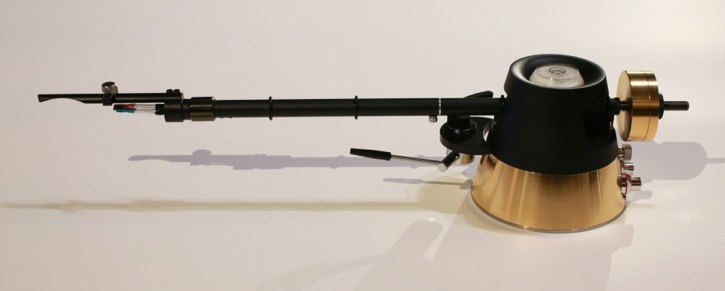Based on all other writings on the subject of “pod”, I define a pod as a separate base or stand or support structure used for the sole purpose of supporting a tonearm mounted outboard of the plinth, never on the plinth. The truncated conical structure seen in your photo IS an inseparable part of the tonearm housing the pivot, a well filled with magnetic oil, the cueing device, and the RCA jacks with ground lug. It is heavily weighted to the tune of ~2 lbs, probably by a lead slug incorporated into the base. It sits directly on top of the 65 lb slate plinth that houses the Lenco. You could sit the Viv on a true pod outboard of the TT, but I would not.
Incidentally, I don’t consider adopting the Viv to have been a courageous act, as it has already received many very favorable reviews with no exceptions that I have found on the internet. This is notwithstanding the negative comments by some who’ve posted on this thread without ever having seen much less heard this tonearm. If there had been a lot of negativity among actual reviewers, I probably wouldn’t have bothered.
